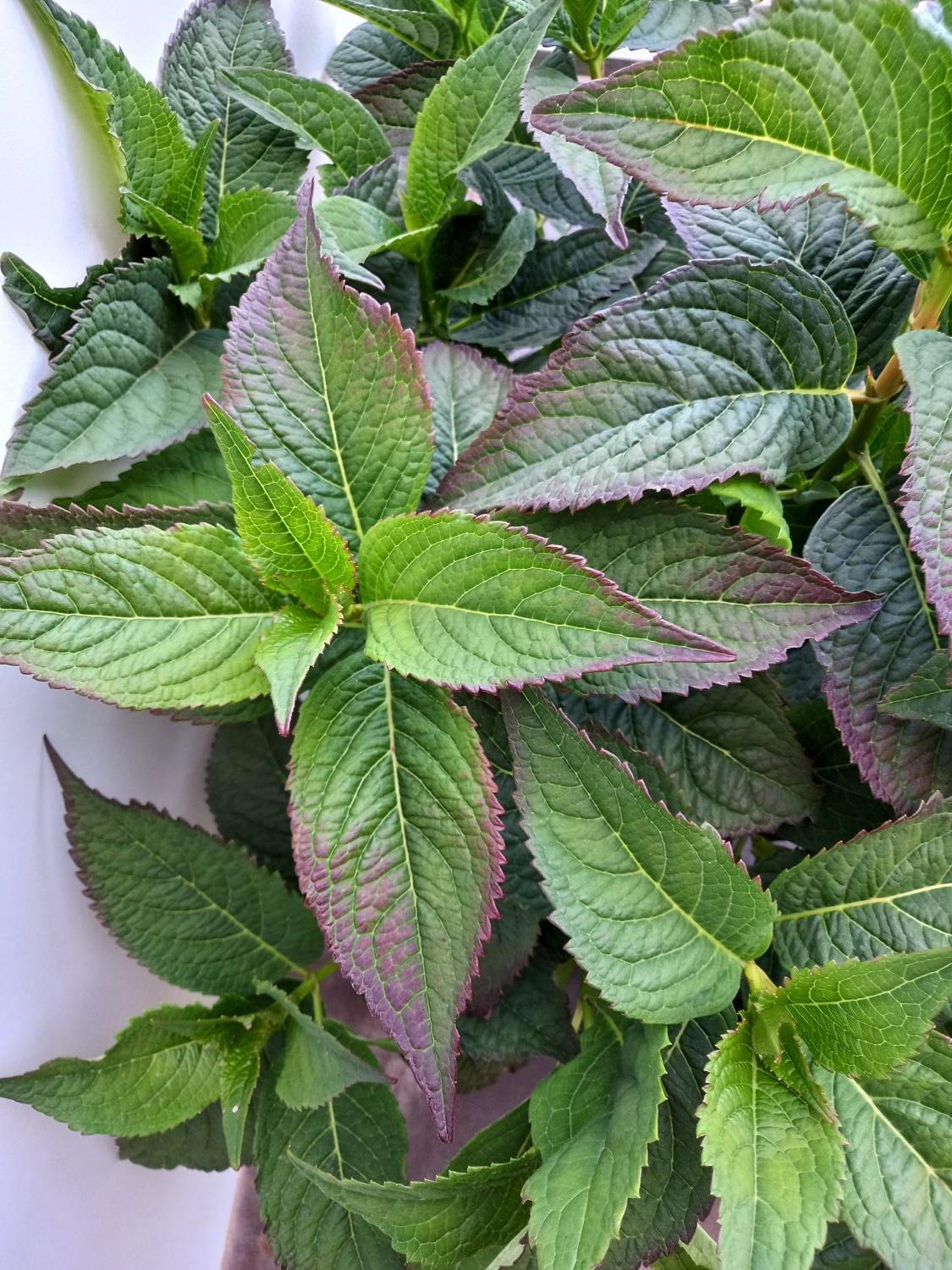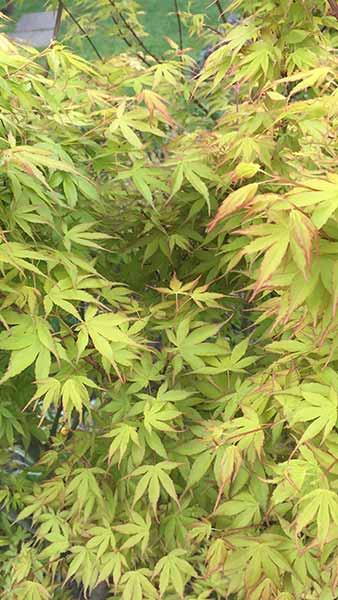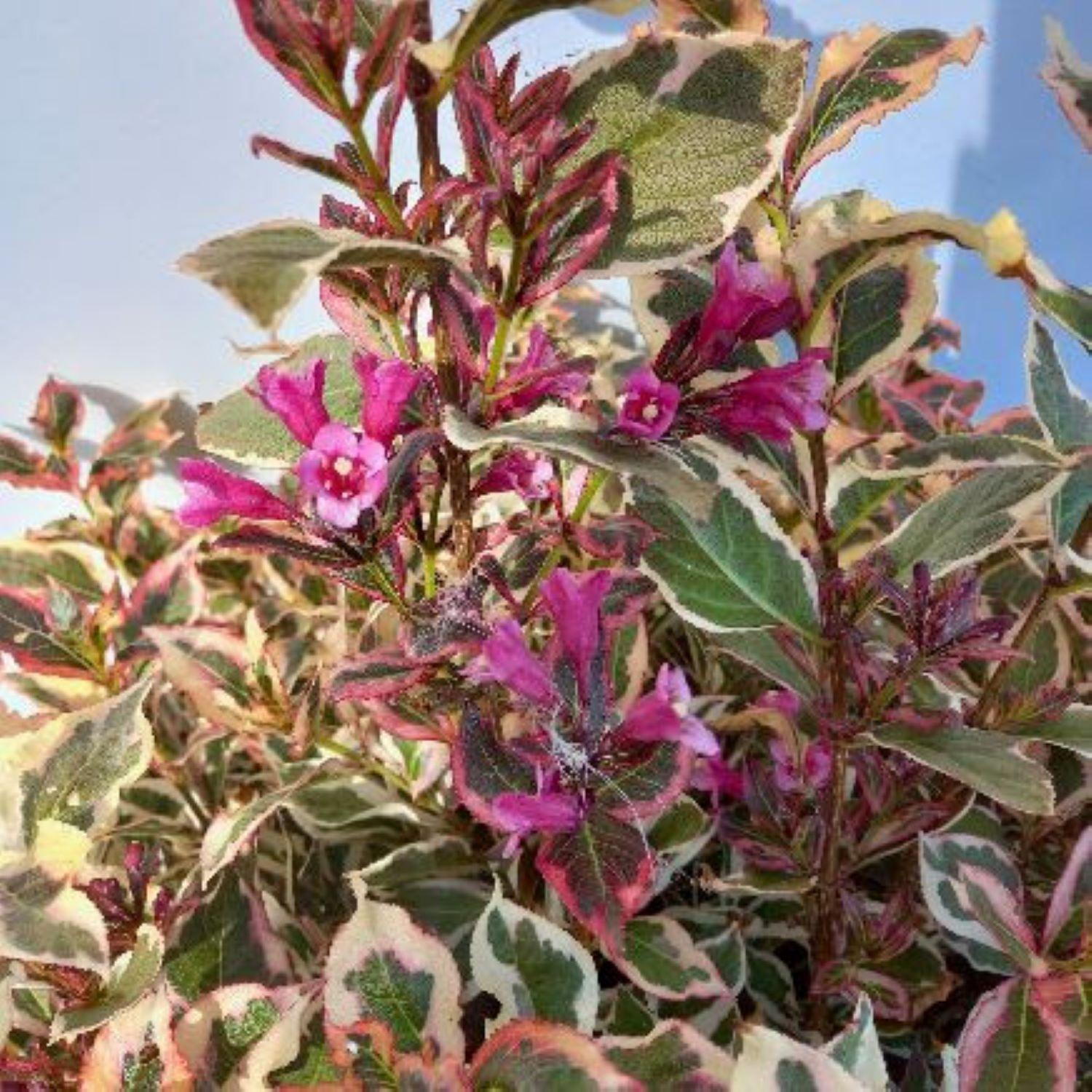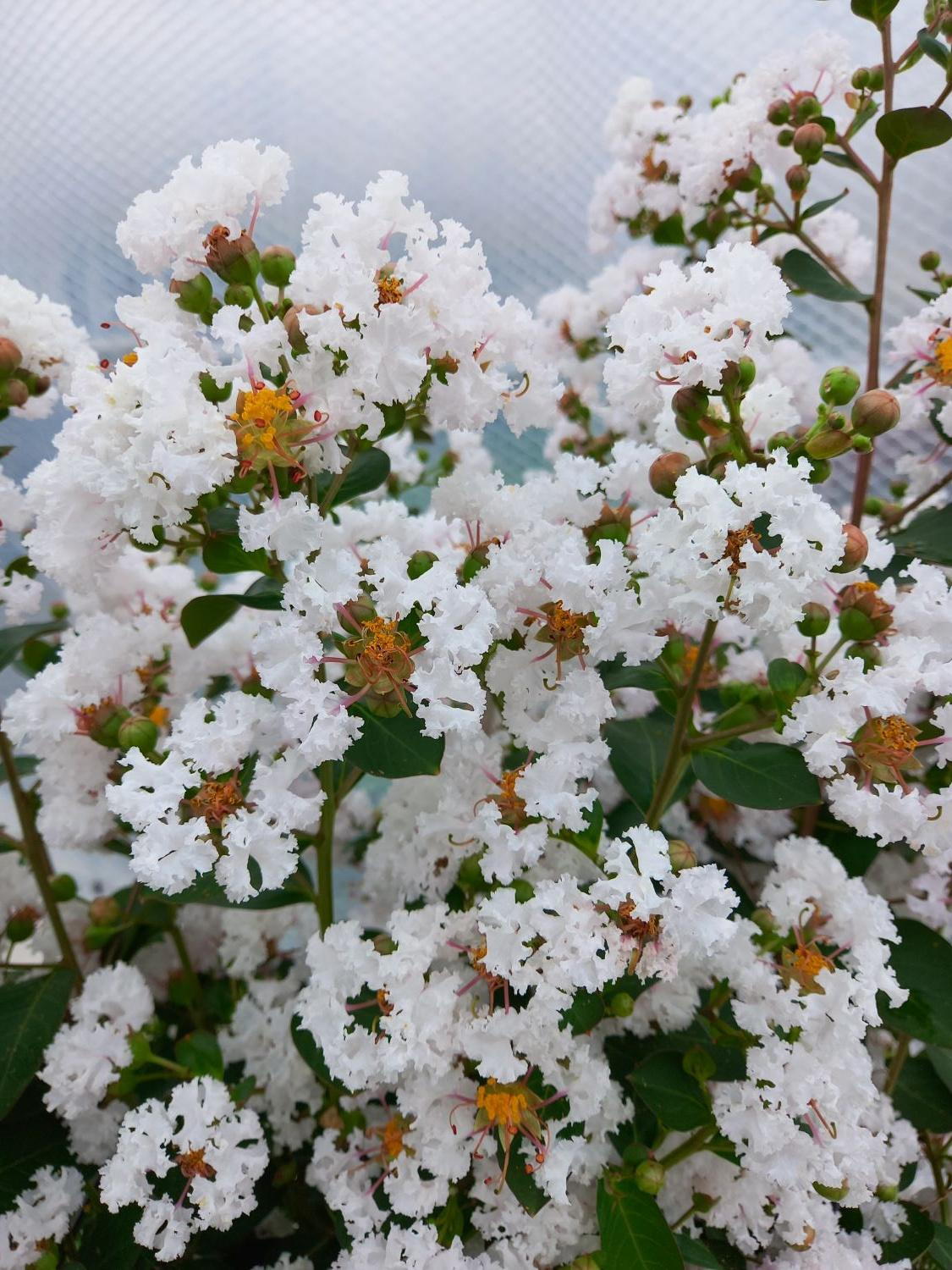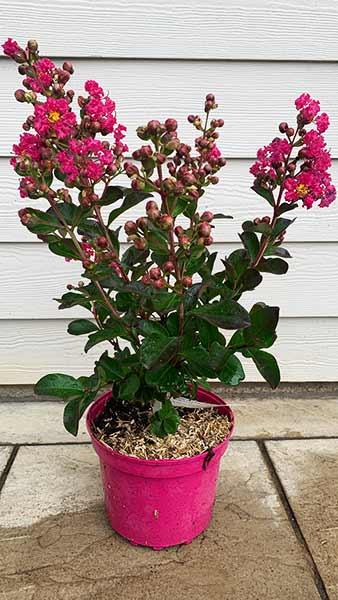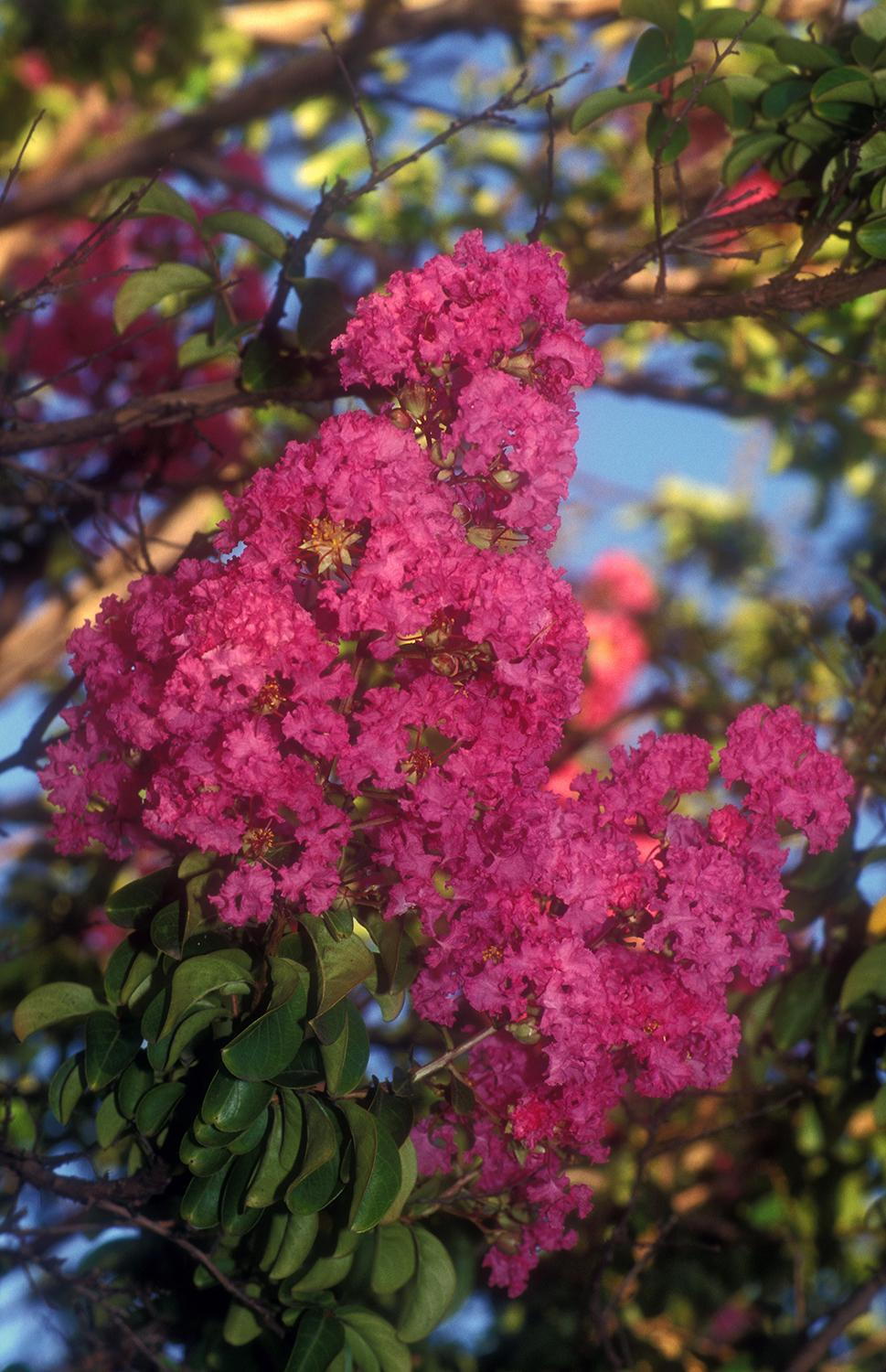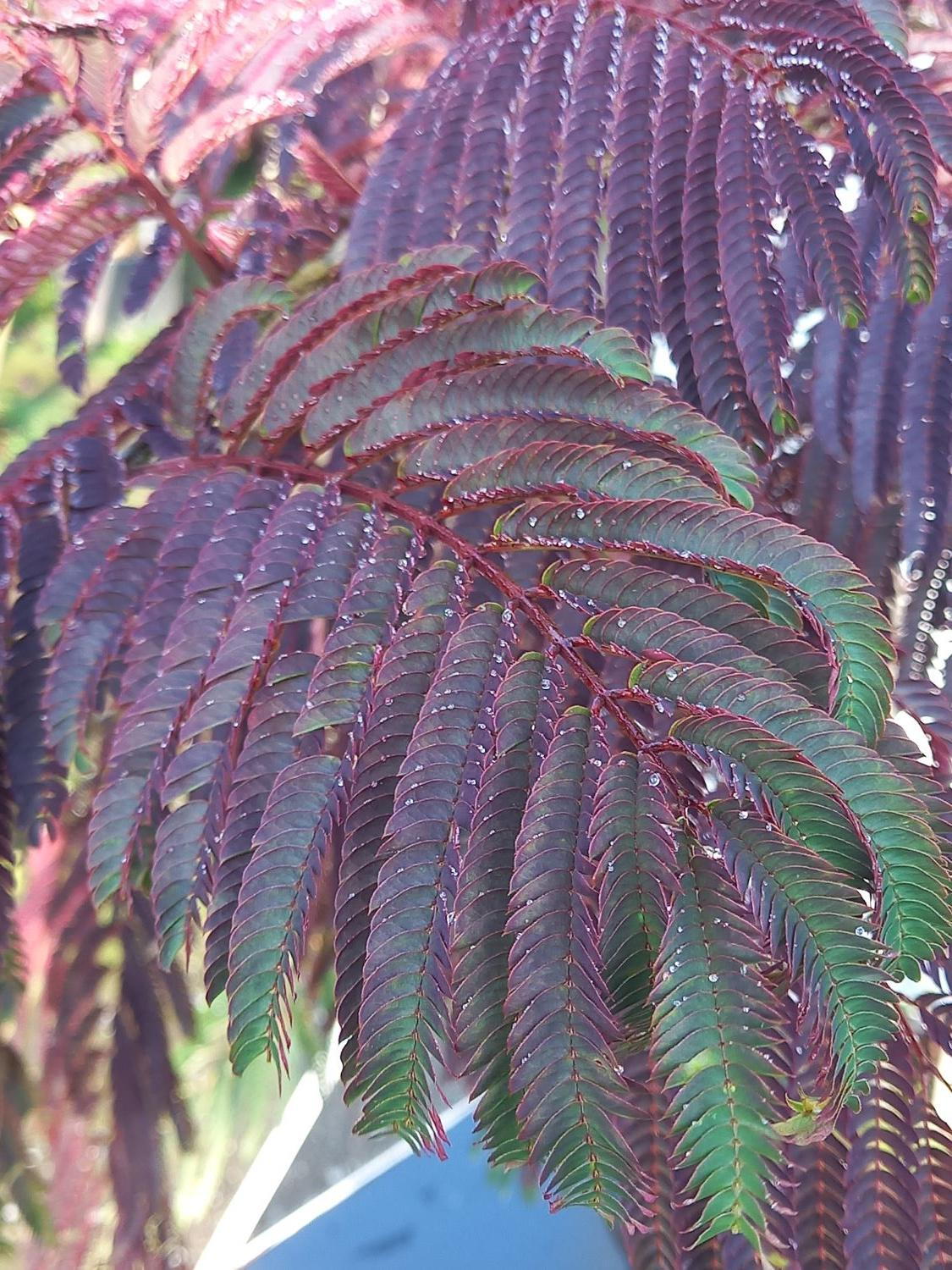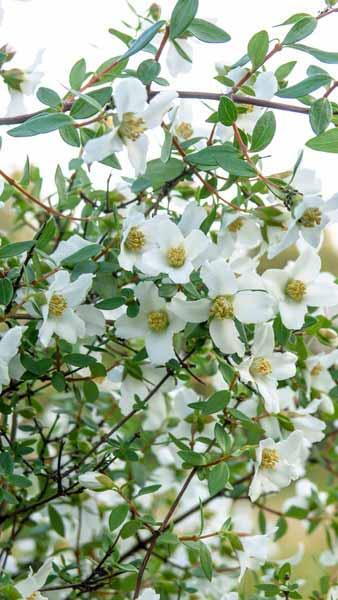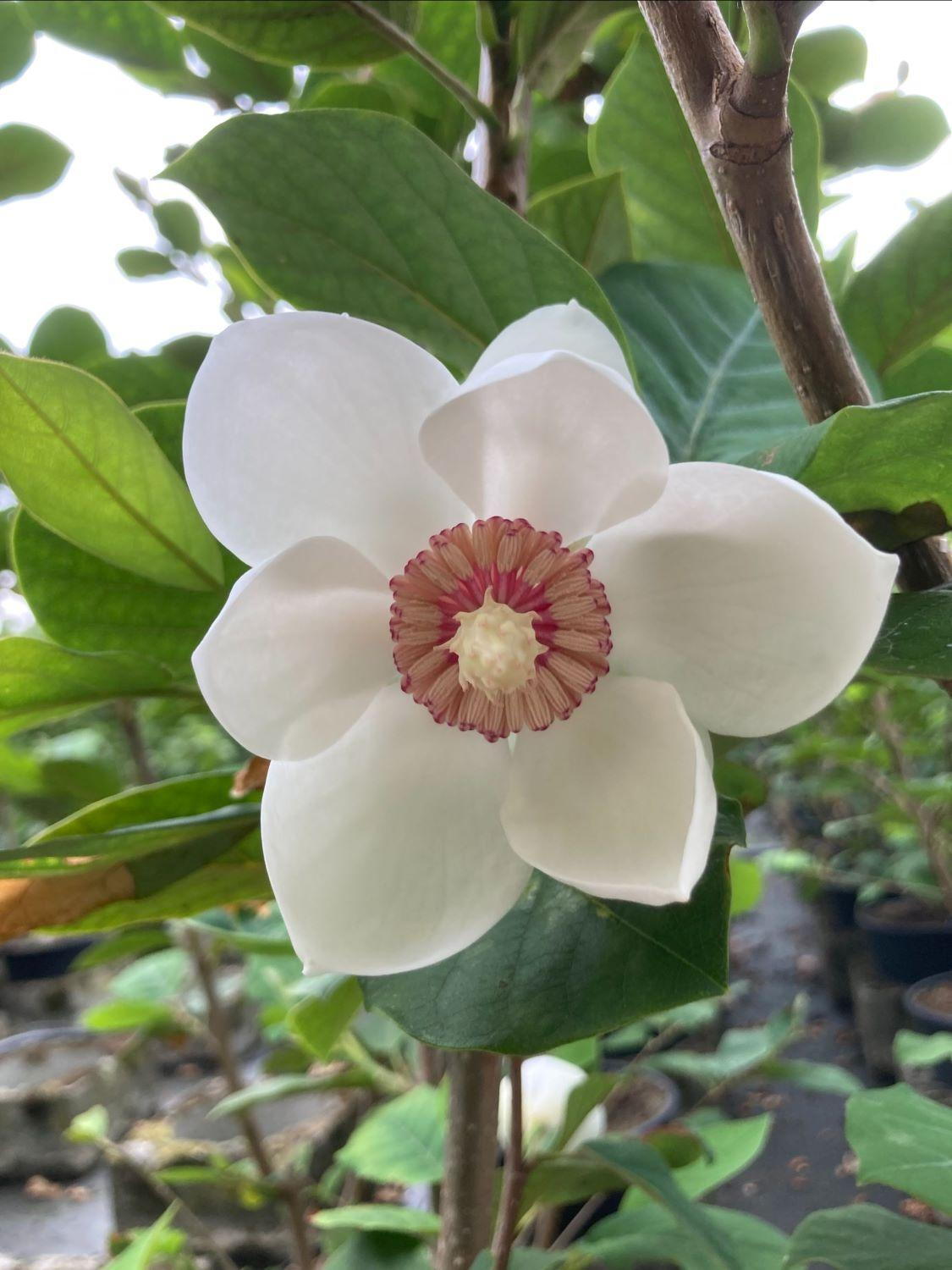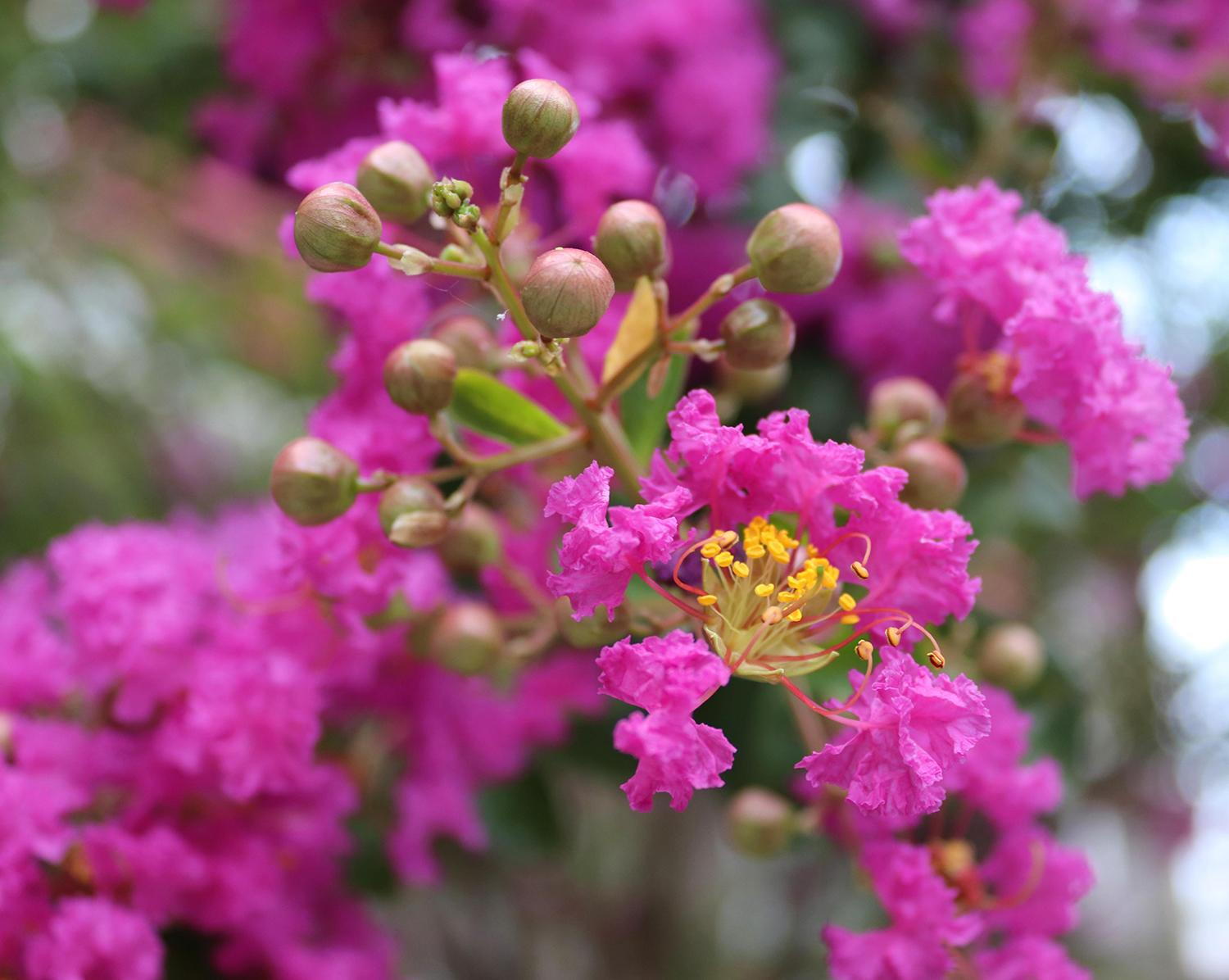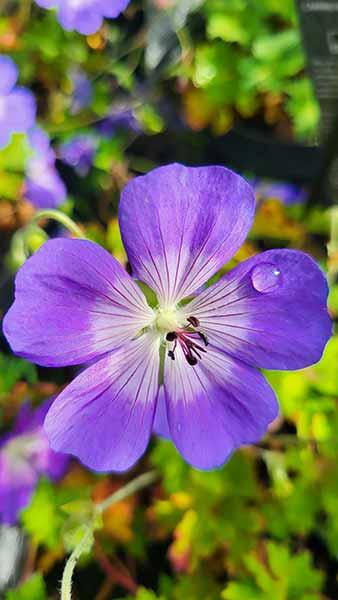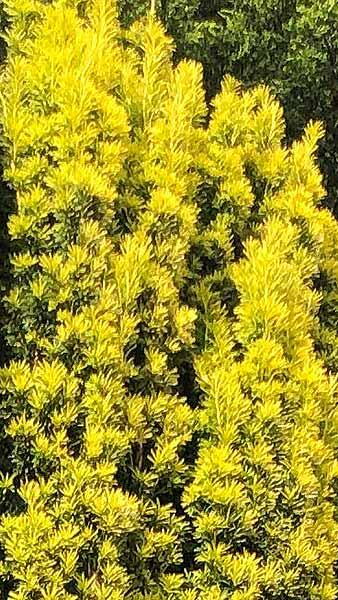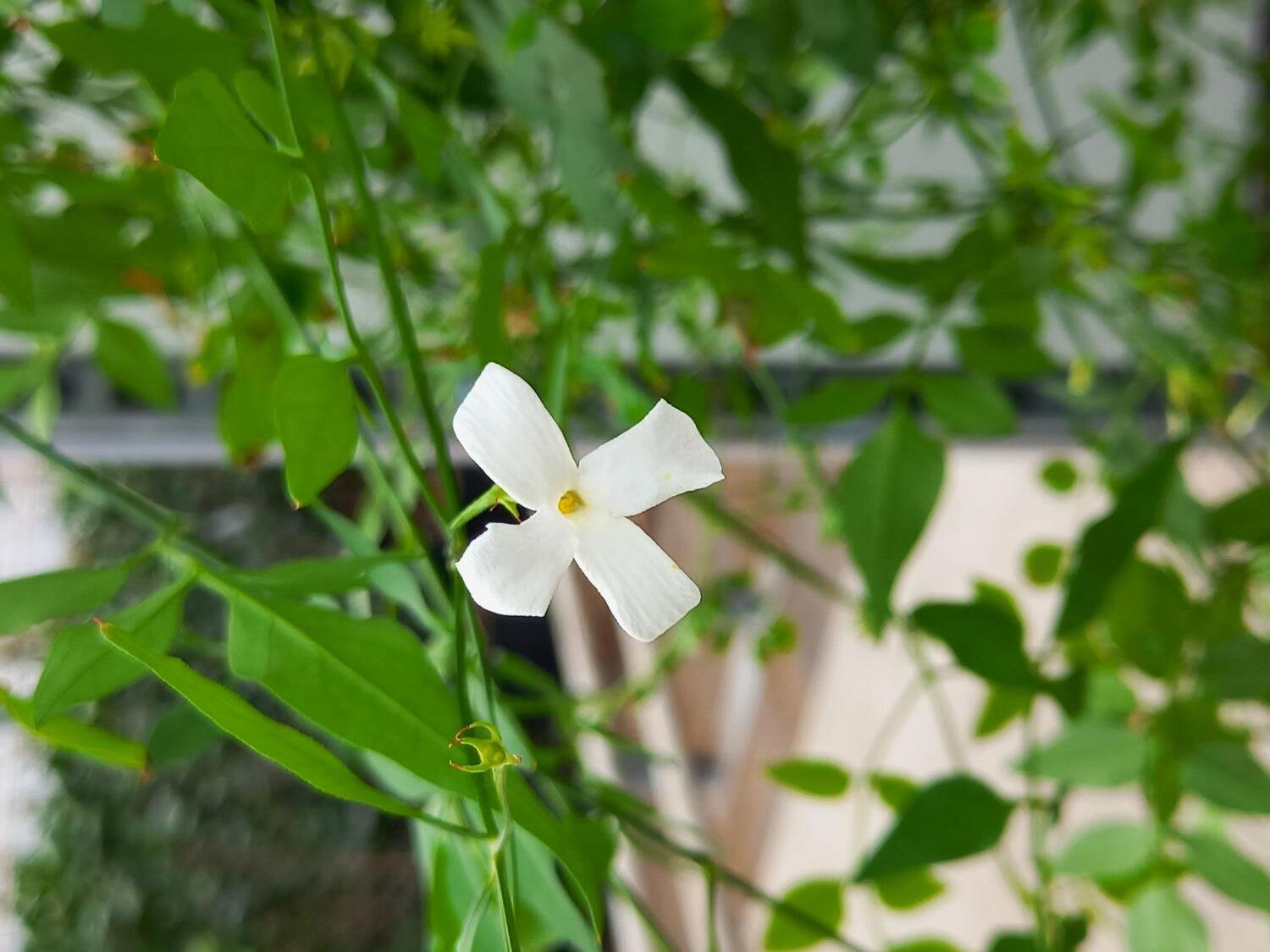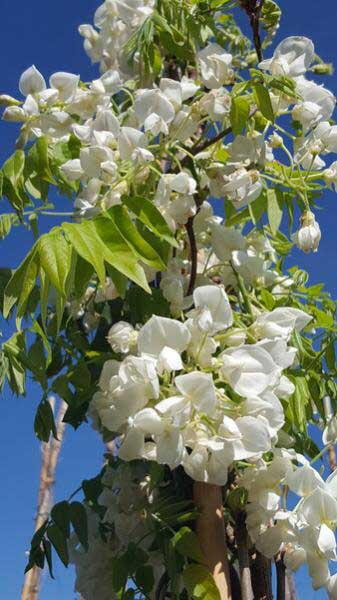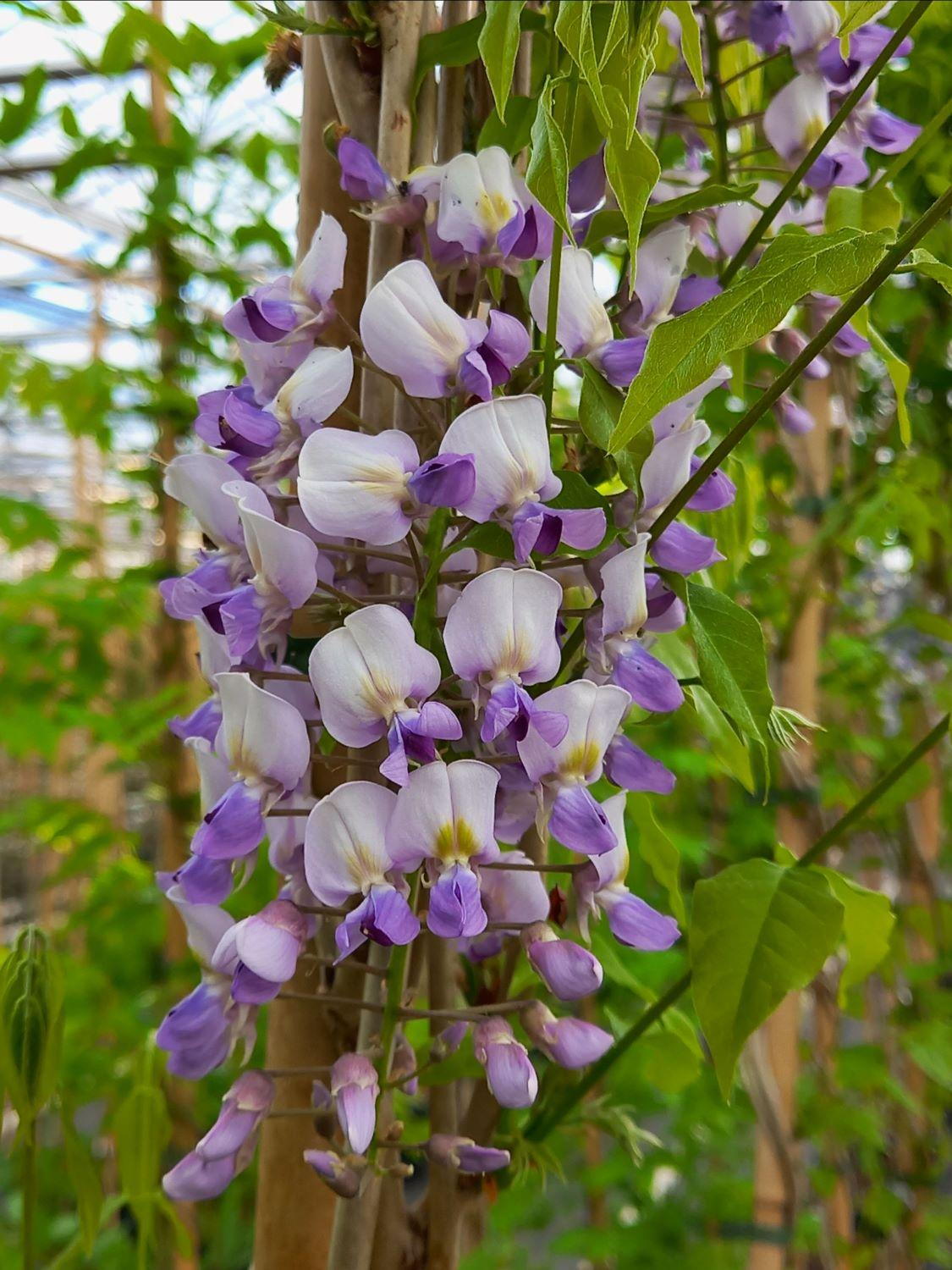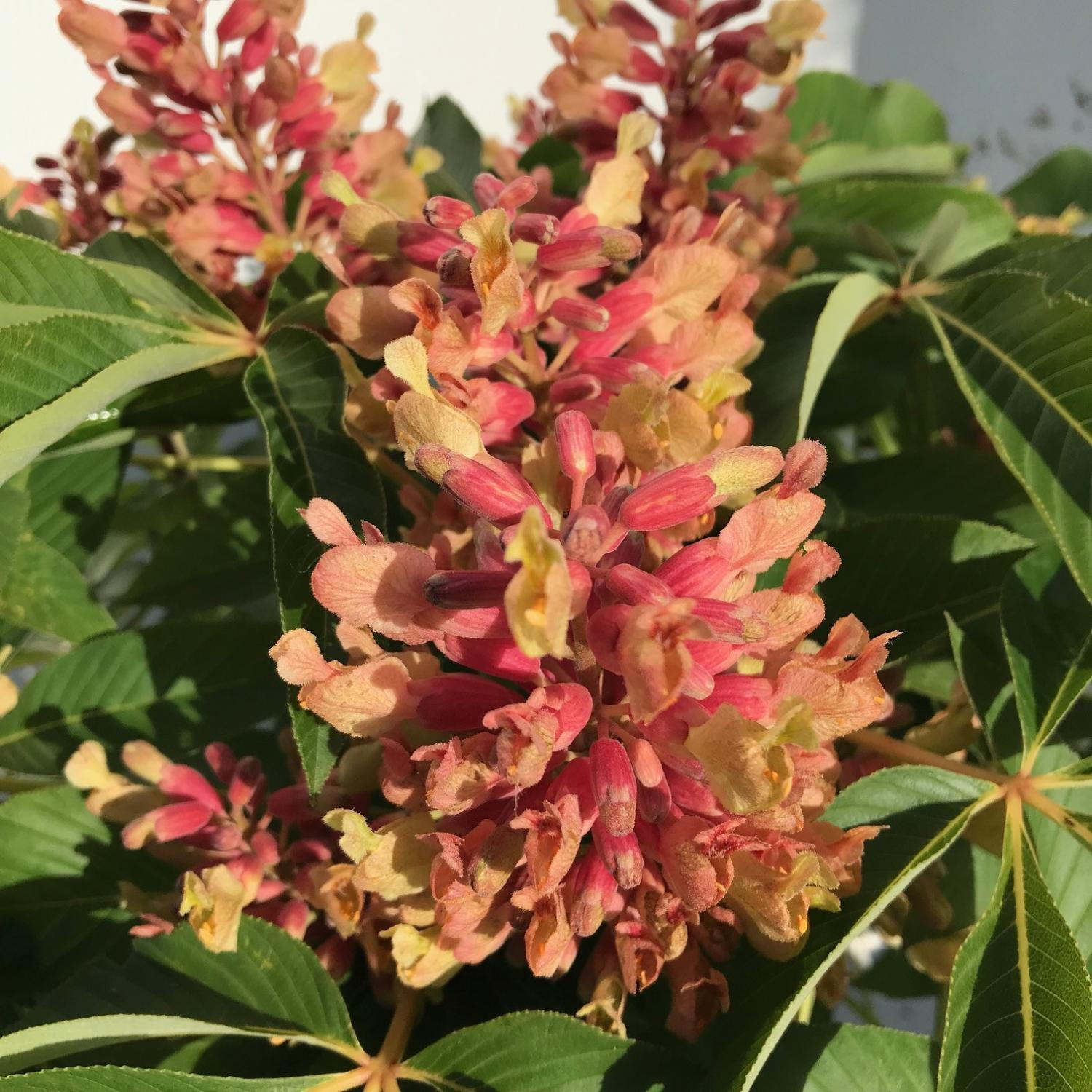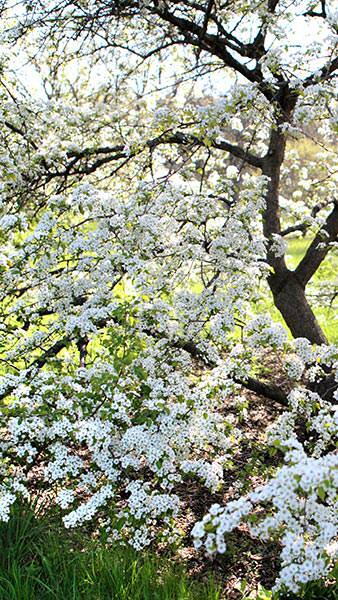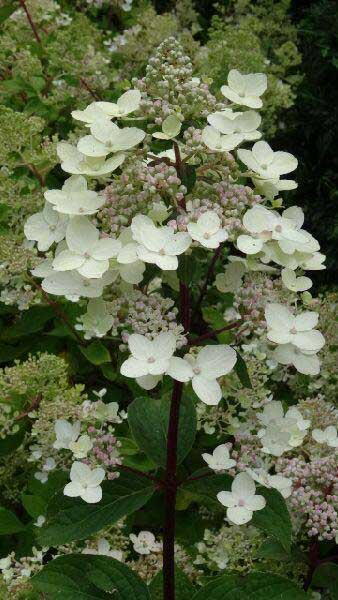Albizia Julibrissin Summer Chocolate Purple Silk Tree UK
Albizia Julibrissin Summer Chocolate, also known as the Purple Silk Tree, is a beautiful new variety of an old favourite, which has received the RHS Award of Garden Merit in recognition of its desirability and suitability for U.K. gardens. Native across much of Asia, from Iran to Japan, the silk tree was introduced to Italy in 1749, and has become a highly prized ornamental tree. Albizia julibrissin Summer Chocolate is an American cultivar patented in 2003, with distinctively coloured foliage and flowers. The fern-like leaves are green when they first emerge in the spring, but soon change to a stunning dark burgundy. The silky pinky-cream blooms provide a contrast to the dark foliage throughout the summer and attract birds and butterflies. The flowers are followed by flat seedpods which remain on the tree into the winter.Albizia julibrissin Summer Chocolate is reliably hardy only in the southern counties and in London gardens, but can be successfully grown as a conservatory or container plant in parts of the U.K. with winters below -5 Celsius. It grows slowly over a period of 10 to 20 years to its full height of 4-8 metres and spread of 2.5-4 metres. It requires little or no pruning to maintain its shape, but it can be pruned in late winter or early spring to remove damaged branches, or to keep it to the desired size.The Purple Silk Tree should be grown in a sheltered location, protected from cold winds, with a south or west-facing aspect, and in full sun. It thrives in well-drained sand, loam, or chalk soil, and tolerates any soil ph. It is resistant to salt, and so is well-suited to seaside locations.Albizia julibrissin ‘Summer Chocolate’ makes an excellent courtyard tree, as in that location it will be sheltered, and its dramatic appearance will make a big impact. It also makes a good focal point in a lawn, especially where the soil is not rich enough to support a heavier-feeding tree. In both these locations the self-seeding tendency of the Purple Silk Tree would not pose a problem. Albizia julibrissin ‘Summer Chocolate’ can be planted in a large container to be moved inside from your patio to a conservatory in colder climates, and it can also be trained against a stone or brick wall with a sunny aspect for added protection. The Purple Silk Tree is an exotic tree which will add drama to your garden with its stunning foliage and silky blooms!
